How about ditching your regular rum and gin to relish these South Asian alcohols this winter?! Not to mention that this is indeed the time to go local and vouch for something indigenous. Why travel all across the globe in search of something that is readily available in your own country or neighboring places? Moreover, there is much to be claimed about the allure of South Asia’s traditional alcoholic beverages. Not only are they among the most potent, but the fermentation process enriches them with probiotic benefits.
Let’s talk about some of the most famous ones in some detail.
7 Local South Asian Alcohols to relish these Winters!
1. Angoori
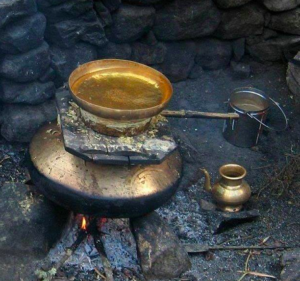
Angoori, also known as kinnauri, is a popular drink among the locals at fairs and other religious events. It is a specialty of the indigenous people of the Ribba region of Kinnaur, Himachal Pradesh. Green and crimson grapes are fermented to make the powerful wine. The alcoholic content of red grapes is higher (5.10 percent v/v) than that of green grapes (3.44 percent v/v), and the resulting drink is also a superb cold treatment.
2. Ara

Ara or arag is a typical Bhutanese beverage that is creamy, clear, and white in color. It is created by fermenting or distilling rice or maize and is usually made for personal consumption because the sale of ara is illegal. It is typically taken hot and served neat, with components such as poached eggs, butter, and, on occasion, scrambled eggs or rice. In Eastern Bhutan, it is made for religious purposes as a lhasoel (an annual prayer ceremony for the gods) on auspicious days. This is indeed must-try South Asian alcohol.
3. Chuak
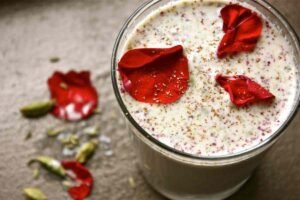
Chuak, a Tripura native, is an alcoholic beverage prepared from pineapples and jackfruit. Chuak has a wonderful, fruity flavor and is frequently consumed as a ritual on social events by the local populace.
4. Chulli
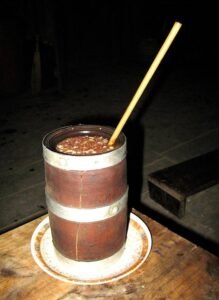
Chulli, a light drink with a delightful fruity flavor, is another popular indigenous beverage of Himachal Pradesh’s Kinnaur district. The drink is made from dried wild apricots and apples and has a clear vodka-like look.
5. Handia
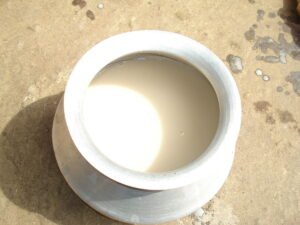
Handia is a rice beer that is popular among some Indian indigenous tribes. It is an indigenous alcoholic-fermented beverage. It is regarded as the most sacred drink in the Munda and Santhal tribes and is served for both religious and celebratory purposes.
Handia is made by combining boiling rice with a traditional fermenting culture called bakhar, which combines 20-25 indigenous plant species. The resulting mixture is next fermented in an earthen pot or handi for 2-3 days with the lid slightly ajar. After fermentation, the slurry is filtered, yielding a cream-colored drink. Tribal women have an important part in the preparation and marketing of handia.
6. Feni
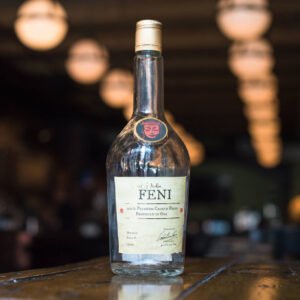
Feni, a Goan classic and perennial favorite is a 16th-century liqueur. Feni is a silky and powerful drink prepared by double distilling the cashew apple fruit.
It pairs well with zesty beverages like Limca or plain lime soda with a slit chilly, which may sound like an unusual combination but tastes like a match made in heaven. This South Asian alcohol should indeed be on your must-try list therefore.
7. Tongba
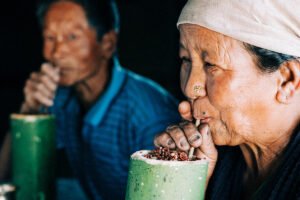
Tongba is a millet-based drink that is alcoholic and fermented. It is a traditional drink of several ethnic groups in Nepal. The brew was traditionally brewed by the Limbu Sherpas of Nepal for religious offerings, festivals, and festivities. It swiftly acquired popularity in neighboring Sikkim, Bhutan, and Tibet.
The alcoholic drink is made by fermenting normally cooked millet seeds in a bamboo container for a week to a month. It is taken by steeping fermented millet seeds in hot water, resulting in a murky drink. The sour drink is then sipped through perforated bamboo straws, allowing all of the seeds to be filtered out.
So, which South Asian alcohol are you planning on trying out first?








